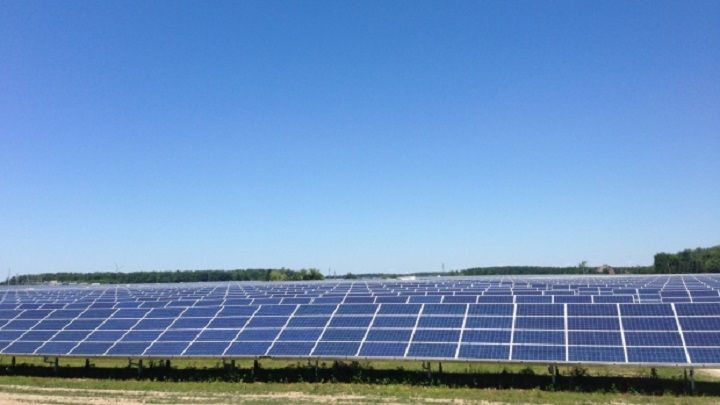
For Canada's Aboriginal peoples, health and well-being continue to lag behind the national average - regardless of whether they live in isolated regions or in urban centers. For this reason, MNP has launched the Operation Blue Sky: Aboriginal Health Initiative, an incentive-competition that will award innovative ideas that help make access to health care in Canada truly universal.
In a similar vein, Canada's First Nations are working hard and engaging in lucrative relationships to improve access to basic utilities, such as electricity, on reserves. As it stands, many reserves are located in remote areas that are not connected to a central grid. Faced with the high cost of extending grid lines to remote communities, and the environmental impacts of diesel generators, many First Nations are looking to renewable energy to see to their current and future needs.
For example, last week in Haldimand County, Ontario, on land that traditionally belonged to the Six Nations of Grand River, construction was completed on the Grand Renewable Energy Park (GREP). This a solar farm, which is located in Cayuga, Ontario - some 40 kilometres south of Hamilton -is currently Canada's largest.

With a population of 25,000, Canada's Six Nations Reserve (in southern Ontario) is the largest in Canada. Credit: hamiltonhaltonbrant.com
A collaborative project with Samsung Renewable Energy, who partnered with financiers Connor, Clark & Lunn Financial and the Six Nations for the project, this 100-megawatt solar farm cost $400 million and is currently producing enough energy to power 17,000 homes.
The project is part of a larger Green Energy Investment Agreement, a deal with the province that plans to install 1,369 MW worth of wind and solar energy into the grid by 2016. Located between the city of Hamilton and the Cayuga array, the Six Nations were approached by Samsung Renewable Energy ten years ago to become a 10 percent partner in the project.
Given that the land where the solar farm would be built on was traditional Six Nations territory (the Haldimand Tract), their participation was seen as essential. In addition, with over 25,000 people living on 46,500 acres of land, the Six Nations of Grand River reserve is Canada's largest, and it continues to grow. As such, its people and its leaders are concerned about sustainability.
As Six Nations chief Ava Hill said of the historic achievement: "What we have achieved is a template for many more green energy projects in the Haldimand Tract. The fact that the Grand Renewable solar project provides green energy for our coming generations is a significant accomplishment for all of us to celebrate."
This is just one of many stories of Canada's First Nations mobilizing their resources and engaging in partnerships to provide clean energy to their communities. By looking to alternative energy sources, they are not only achieving a level of self-sufficiency and addressing disparities, they are also helping to speed the transition towards a cleaner, more sustainable future.
With just ten days to go in the Operation Blue Sky: Aboriginal Health Initiative, now is the time to share any ideas you have that could make a difference in the lives of Canada's Aboriginal people! Click here to register and a chance to win up to $35,000 in prizes!
Top Image Credit: CBC








